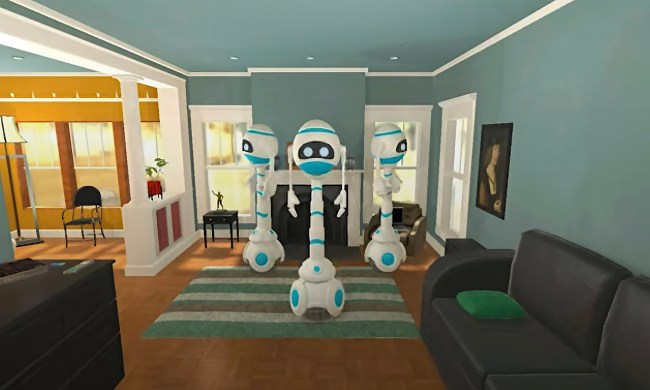In the constant battle between doping athletes and the officials trying to catch them, the athletes have almost always remained ahead of the curve. They’re the better-funded side in the war and can stay ahead of the latest testing methods that regulatory agencies are using. Most notably, in cycling, it’s an open secret that many of the sport’s athletes are on some kind of doping regimen. Lance Armstrong, the disgraced American cyclist who became the sport’s most popular figure before admitting to years of doping, was able to pass drug tests throughout his career despite being the most tested athlete on the planet.
So, the testing agencies are in dire need of help. Hoping to narrow the divide between the cheaters and the testing methods is the World Anti-Doping Agency (WADA), which recently announced it would begin using artificial intelligence systems to help flag suspected cheaters across all sports.
“There’s a lot of data that is being collected in anti-doping — whether it is through the [athlete’s biological] passports, through the tests, through the results of the athletes,” WADA Director Olivier Niggli told iNews. “If you manage to create a system that will meaningfully use this data, I think you can create some very powerful tools.”
WADA has lamented that its lack of resoures (both in personnel and finances) makes its job of catching doping athletes difficult much of the time. With A.I., the agency would be able to sift through an exponetial amount of extra data and subsequently raise red flags when it catches suspect patterns in an athlete’s performance and/or testing results. While the A.I. would be able to highlight who might be using performance-enhancing drugs, it would not be considered evidence of cheating. Instead, that highlighted athlete might subsequently go through a more rigorous drug-testing regimen as a result of being flagged by the computer.
“Only sophisticated algorithms would be able to spot the differences, which would allow the anti-doping organizations to focus on the right individuals,” Niggli said.
There are not a whole lot of specifics on the program yet as WADA will be testing a few pilot programs in the coming years. It’s likely going to take time before WADA might see real results from its new efforts.
“I hope that in five years we will be much better at analyzing all this data that we already have and are already collected,” Niggli said.


